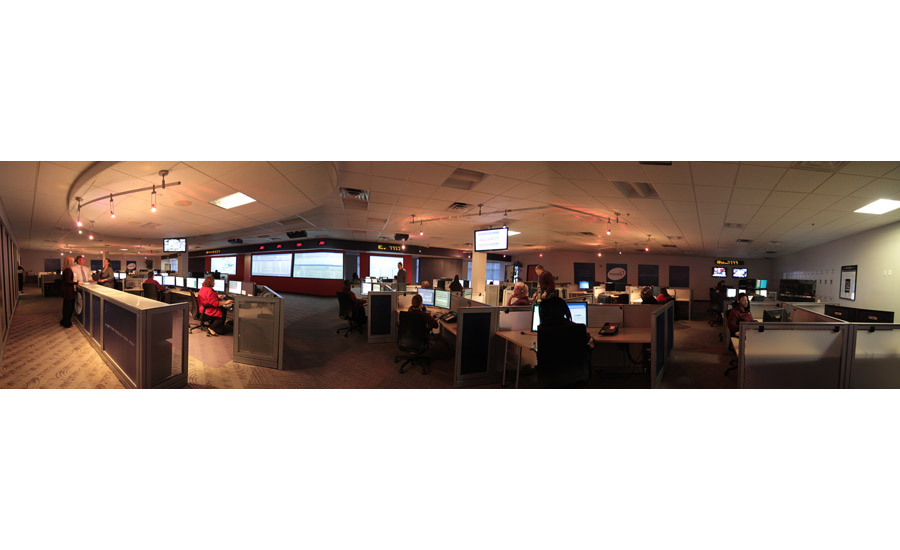Implementing Automated Secure Alarm Protocol (ASAP) involves a software update for both the security company and the public safety answering point (PSAP) in order to comply with the APCO/CSAA ANS 2.101.2-204 Alarm Monitoring Company to Public Safety Answering Point Computer-Aided Dispatch (CAD) Automated Secure Alarm Protocol ANSI standard. While getting the software updated and compliant is generally not a huge financial drain for either side, there is a large time commitment involved, particularly on the side of the security company, including an extensive data-scrubbing process to make sure customer information is accurate and standardized, before ever going live with ASAP.
“Everything is set up prior to sending the municipality any info,” explains Joe Sanchez, senior vice president of customer operations at Protection 1, Chicago. “You have to go through your account base to make sure the addresses and all the pertinent data have already been validated.” Sanchez said that Protection 1, which implemented ASAP in July 2014, averages about 100 electronic dispatches per month and only sees that growing.
One of the reasons industry experts believe that growth on the side of the alarm companies in the ASAP program initially was slower than expected, is that the process to go live with the program can be time consuming and take up significant resources. However, alarm companies that have implemented ASAP agree that the initial data-scrubbing process is a huge positive.
“Before going live, it really helps improve the data set you have and pretty much requires it to be standardized,” explains Steve Shapiro, vice president of industry relations at ADT, Boca Raton, Fla. “We see all the address validation you have to go through before implementing the program as one of the benefits of ASAP. For example, street abbreviations differ from location to location and you may have the same house number and street name within a municipality, but one is a street and the other a terrace.”
With day-to-day time savings, potentially significant cost savings and eliminating the inaccuracies of verbal interaction, there is no debating the benefits of ASAP. “For our company in particular, getting our software modified to do the implementation was a technical challenge,” says Steve Walker, vice president of customer service, Stanley Convergent Security Solutions, Naperville, Ill. “Once that is complete, it’s a huge impact. Just because you have information correct in your system doesn’t always translate to the agency correctly receiving information on their end in the traditional way, whether a number is transposed or there is mistranslation of data. All of that goes away with automated communications.”
In addition, one of the powerful parts of ASAP is it allows for an integrated message exchange if further information is needed, Walker adds. First responders can ask questions and operators can add more information, notes or answer questions. Updates on the status of the signal are given to the monitoring center, so that the operator can see when the police officer responded and arrived at the scene, for example.
As of September 2015, across the U.S., there are less than 50 PSAPs (out of some 6,500) on board with the ASAP program. One of the implementation challenges on the PSAP side is that there is a large number of software providers for public safety computer-aided dispatch (CAD) systems — about 75 to 100 — and therefore, it has been challenging to try to ensure all of the providers are offering an ASAP-compliant option, explains Bill Hobgood, project manager for the City of Richmond, Va.’s Department of Information Technology’s public safety team and ASAP project subject matter expert.
“On the public safety side there are a lot of providers, so we are trying to focus on those software providers in the tier one and tier two markets to make sure their platforms are updated and ready to go,” Hobgood adds. “It’s too difficult to focus on all of them at once.”


Recent Comments
Wonderful Content! The way you describe the things...
amazing and very impressive dear check...
SOC Teams Protect Multi-Building Campuses
Smart Home Revolution
Benefits of Implementing 802.3bt